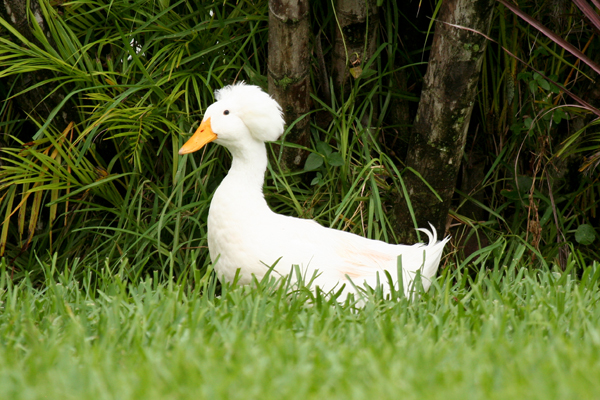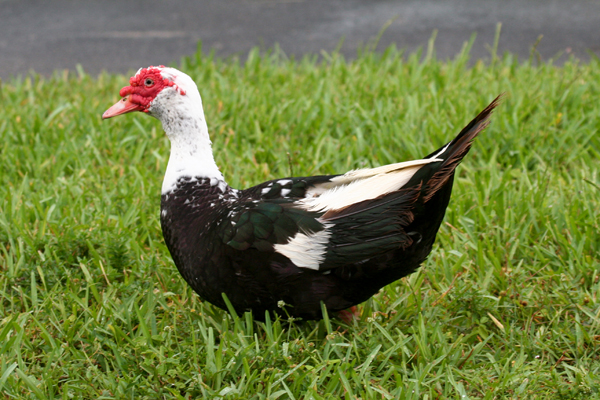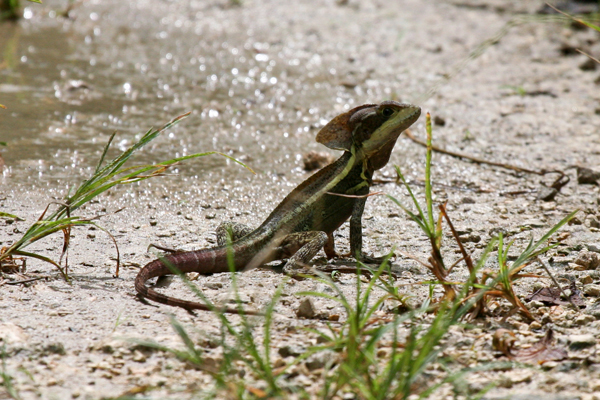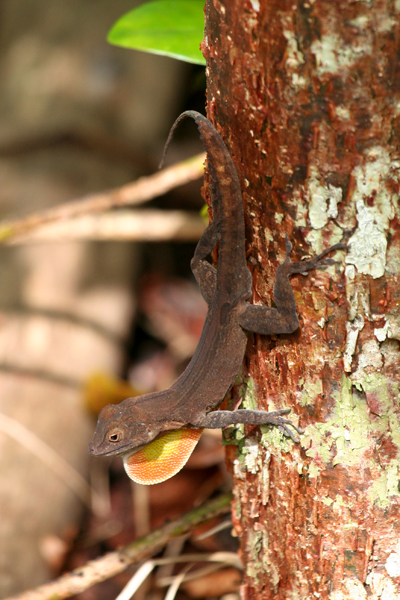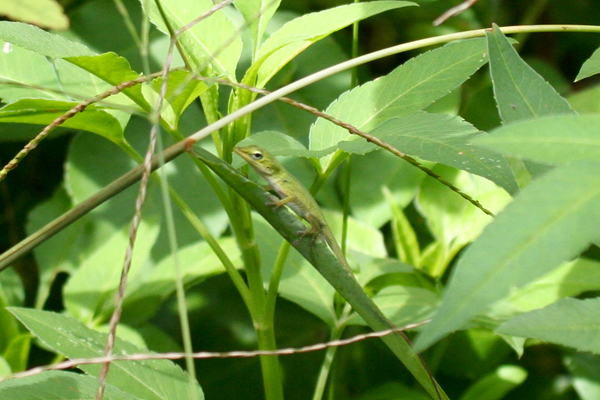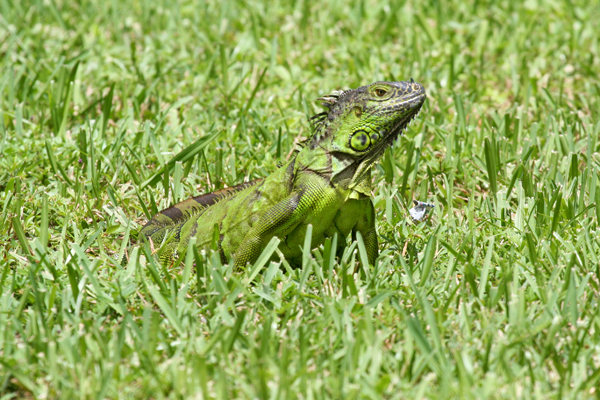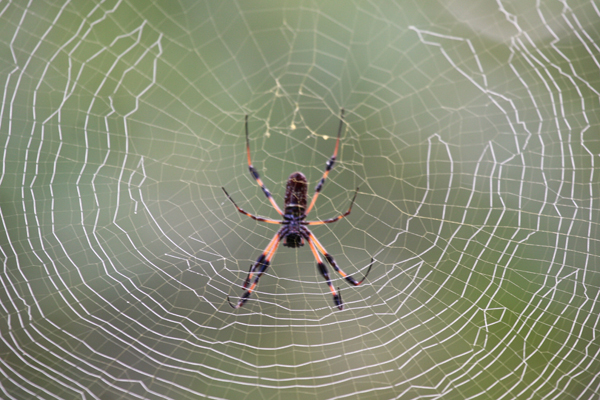On August 8 I went to Madera Canyon near Green Valley, Arizona, to try to see a Berylline Hummingbird and an Aztec Thrush. The Berylline Hummingbird is considered a somewhat rare ABA # 3, whereas the Aztec Thrush is a very rare # 4. Both birds had been reported present in Madera Canyon over the preceding week or so, and both birds would be new North American Life Birds for me. I arrived at the Madera Kubo Bed and Breakfast in the Canyon and very shortly after checking in I was treated to close-up views of a beatiful male Berylline Hummingbird. He came fairly regularly to the Hummingbird feeders maintained by the Kubo B & B proprietors. This was particularly rewarding for me because the Berylline Hummingbird was the last of the 18 North American Hummingbird species for my life list, unless I am extremely lucky to find a rare Green-breasted Mango in southern Texas some day. So now my “Trochyllidae” family list is, by my standards, complete.
The Berylline Hummingbird proved to be a quick find and gave very satisfactory, close views. With such good luck, and in spite of the somewhat late hour, I decided to take the hike up Madera Canyon to try to find the Aztec Thrush feeding on the Choke Cherry Tree where many other birders had spotted it in recent days. The trek up the Canyon proved to be a challenge for this somewhat out-of-shape spetuagenarian, because of the incline, the elevation, the heat and the humidity. When I finally arrived at the “spot” about 3:00 p.m., there were a about 6 other birders present and waiting for the Thrush to make its appearance. It had been seen earlier in the day, most recently at about 1:30 p.m. The wait proved fruitless. As the sun began to set, I abandoned the search for the day and trudged back down the canyon for an early, self-prepared dinner of cereal and fruit, and then to bed at the quaint A-frame cabin at Kubo.
The next morning I rose early, and began the climb back up the Canyon about 6:00 a.m. One other birder joined me for part of the trip, then went on ahead as I was not as fast as he was. I arrived at the Choke Cherry tree about 6:45, and as the hours passed, about 100 more birders showed up but the Thrush did not. As we waited we were treated to wonderful views of a beautiful Elegant Trogon that came to the tree several times to gorge on Choke Cherries. I also was able to see several Southwestern specialties, including Black-throated Gray Warblers, Hutton’s Vireos, Plumbeous Vireos, and a Painted Redstart. By noon, many of the birders were leaving, and as the bird had now been absent for about 24 hours and the day was hot and humid and rain was starting, I decided to abandon ship also, and hiked back down the Canyon and drove back to Phoenix. When I arrived home the next day, I checked the NARBA hotline, and wouldn’t you know it, the Thrush had appeared at the Choke Cherry Tree at 1:38 p.m., about 8 minutes after I left. Oh well, so goes birding. Maybe next week, if the bird is still being seen, I will try again.
